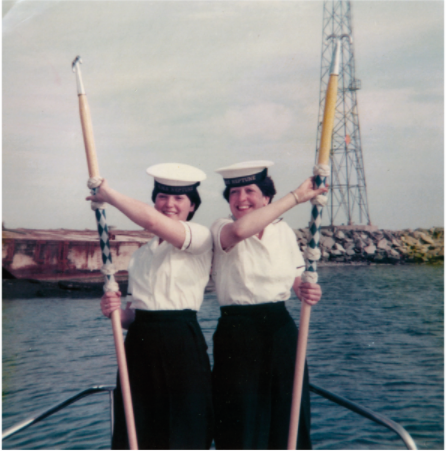This is the first part of our 'Ultimate Guide to Writing a Memoir.'
To access the rest of the guide, click here.
Welcome to Story Terrace's ultimate guide to writing your memoir. We've helped hundreds of people capture their life stories in beautiful books written by our professional ghostwriters. Now we're sharing some of our expertise to help you along your journey.
You may be halfway through writing your memoir — or right at the beginning. Either way, you've probably found it a challenge to recall and organize all the memories that make up your life story.
In this chapter we are sharing two resources to help you: a set of 65 Memory Prompts we use with our customers to kick-start the process, and a Timeline Template you can then use to organize all the information.
You can access these two resources by following the link below:
Email Memory Prompts + Timeline template
We'll email you the memory prompts right away and send you the timeline template once you've had some time to do the first exercise. If you want to access the timeline immediately, you can find it here.
Using these resources
Memory prompts
Whether you are writing yourself, or working with a ghostwriter, it can be hard to know where to start and what to include. At Story Terrace, we often use memory prompts to kick-start the process — easy and fun questions designed to jog your memory and bring back moments you haven't thought about in years.
It's the perfect first step, and something you can later assemble into a timeline or structure for your story. We’ve hand-picked 65 of our favorite memory prompts to share with you.
Remember — you don't need to answer every question. Just scan through the list and think about which of these prompts speak to you the most. You’ll soon find you have more than enough to talk about.
Timeline
If you’re writing a book about your life, creating a timeline is an essential step. While your story is based on your own experiences, it’s easy to forget important moments — unless it is all laid out clearly in front of you. A timeline provides clarity and structure for your life story.
Once you’ve gathered all the information you need, it’s time to start organizing your memories by filling in your timeline.
Our timeline template is separated into 'key events' on the left and 'connecting stories' on the right. Key events are the major tentpoles of your life story — so brainstorm those first (using our memory prompts as a starting point). Once you've filled those in, start fleshing out memorable stories and anecdotes from these periods in your life, in the 'connecting stories' section.
What you’ll come away with is a complete overview — making it easier to identify themes and get creative with your structure, which you can learn more about in the next chapter.
All done?
Congratulations! You’ve taken a big step towards writing your memoir. Your key events will help you to inform your decisions regarding chapters and structure, potentially becoming your chapter titles, with the details becoming your chapter content.
Want to take it to the next level?
If so — ask yourself, how do you feel about what’s in front of you? Are any themes starting to emerge? Try labeling or highlighting your timeline to bring out the common threads.



